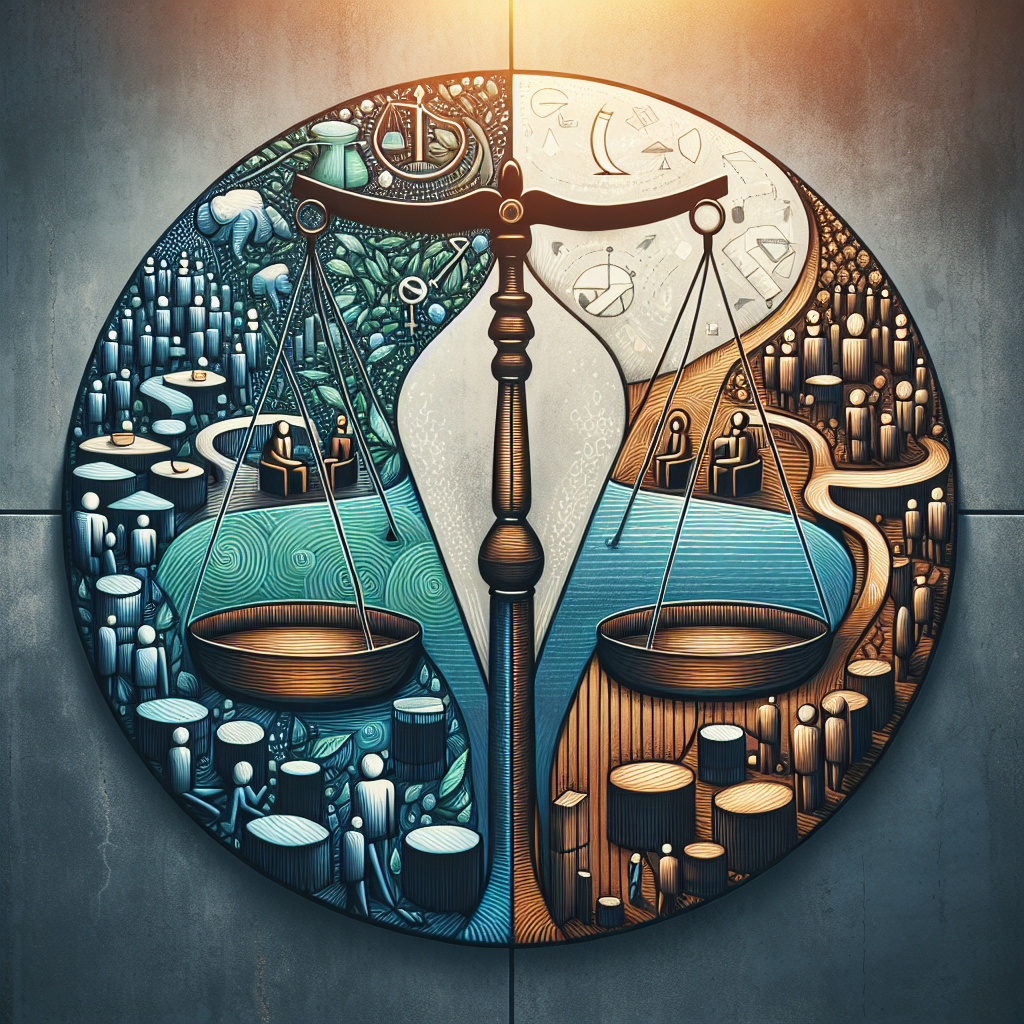Disputes are an inevitable part of life, whether in personal relationships, community issues, or business dealings. Knowing how to navigate these conflicts effectively can save time, money, and emotional distress. In this comprehensive guide, we will explore two primary methods for resolving disputes: mediation and litigation. We’ll strive to demystify the processes, provide actionable insights, and help you understand which route may be best for your situation.
Understanding Disputes: The Basics
Disputes arise from differing opinions or interests. They can range from small misunderstandings to significant legal battles. Understanding the nature of your dispute is the first step toward resolution. With that in mind, let’s dive into the two primary avenues available for conflict resolution.
Mediation: A Collaborative Path to Resolution
What is Mediation?
Mediation is a voluntary and confidential process where an impartial third party, the mediator, facilitates a conversation between disputing parties. The goal is to help them reach a mutually satisfactory agreement. It is a dialogue-driven method that emphasizes communication and cooperation rather than confrontation.
The Benefits of Mediation
-
Cost-Effective: Mediation is generally more affordable than litigation. It can significantly reduce legal fees and associated costs.
-
Faster Resolution: The mediation process can often be completed in a matter of hours or days, compared to the months or years typical of court cases.
-
Control Over Outcomes: Parties in mediation retain more control over the outcome. They can negotiate terms that work for both sides, fostering a sense of peace and satisfaction.
-
Confidentiality: Mediation sessions are private, meaning sensitive issues remain between the parties involved.
- Preserving Relationships: Mediation aims to strengthen relationships rather than damage them. It’s especially beneficial in disputes involving family members, friends, or business partners.
The Mediation Process: Step-by-Step
-
Selecting a Mediator: Choose someone knowledgeable about the subject matter and experienced in mediation techniques.
-
Initial Meeting: The mediator meets with both parties to explain the process and ground rules.
-
Opening Statements: Each party has the opportunity to outline their perspective.
-
Joint Discussion: The mediator facilitates dialogue, encouraging both sides to express themselves and actively listen to one another.
-
Private Sessions (Shuttle Diplomacy): If needed, the mediator may meet with each party separately to discuss issues privately.
-
Negotiation: Parties work toward a resolution, negotiating terms that suit both sides.
- Closure: If an agreement is reached, the mediator helps draft a settlement document. If not, parties may consider other dispute resolution methods or litigation.
Litigation: The Formal Legal Process
What is Litigation?
Litigation is the process of resolving a dispute through the court system. It involves a series of formal legal proceedings where a judge (or jury) makes a binding decision based on the evidence presented.
The Pros and Cons of Litigation
Pros:
-
Legal Precedent: Litigated cases can set legal precedents, impacting future cases and clarifying laws.
-
Formal Resolution: The court’s decision is legally binding, providing closure to the dispute.
- Public Record: Litigation results can be part of the public record, ensuring transparency.
Cons:
-
Costly: Litigation can be expensive due to attorney fees, court costs, and other expenses.
-
Time-Consuming: The court process can drag on for months or even years before reaching a resolution.
-
Relationship Damage: Litigation is often adversarial and can damage relationships beyond repair.
- Limited Control: Parties have less control over the outcome, as it rests in the hands of the court.
The Litigation Process: Step-by-Step
-
Filing a Complaint: The plaintiff files a complaint outlining the dispute and desired resolution.
-
Service of Process: The defendant is formally notified of the lawsuit.
-
Discovery: Both parties exchange relevant information and evidence through document requests, depositions, and interrogatories.
-
Pre-Trial Motions: Parties may file motions to resolve issues before trial.
-
Trial: Both sides present their case to a judge or jury, who makes a decision based on the evidence.
- Judgment: A legally binding decision is rendered, which can be appealed in certain circumstances.
Choosing Between Mediation and Litigation
Deciding whether to mediate or litigate depends on various factors, including the nature of the dispute, the relationship between the parties, the desired outcomes, and financial considerations. Here are some questions to help guide your decision:
-
What is the nature of the dispute? Complex legal issues might require litigation, while personal conflicts may be better suited for mediation.
-
What are your goals? Consider if you’re looking for a quick resolution or a formal judgment.
-
How important is preserving the relationship? Mediation might be a better avenue if maintaining a positive relationship is crucial.
- What are your financial resources? Weigh the costs associated with each method as you decide.
Conclusion: Take Control of Your Dispute
Navigating disputes can be challenging, but understanding your options gives you a sense of control. Whether you choose mediation or litigation, knowing what to expect can minimize stress and help you achieve a resolution that meets your needs. Remember, each method has its own set of benefits and challenges, and the right choice relies on a thoughtful evaluation of your unique situation.
Feel empowered to approach your dispute with clarity, compassion, and a focus on resolution. By taking steps toward understanding and addressing the conflict proactively, you can pave the way for a more harmonious outcome—allowing you to move forward in confidence.


